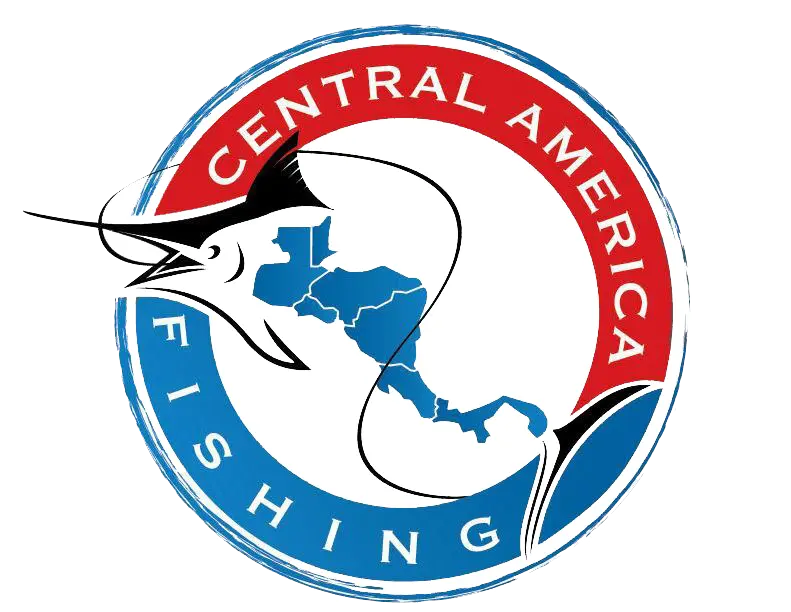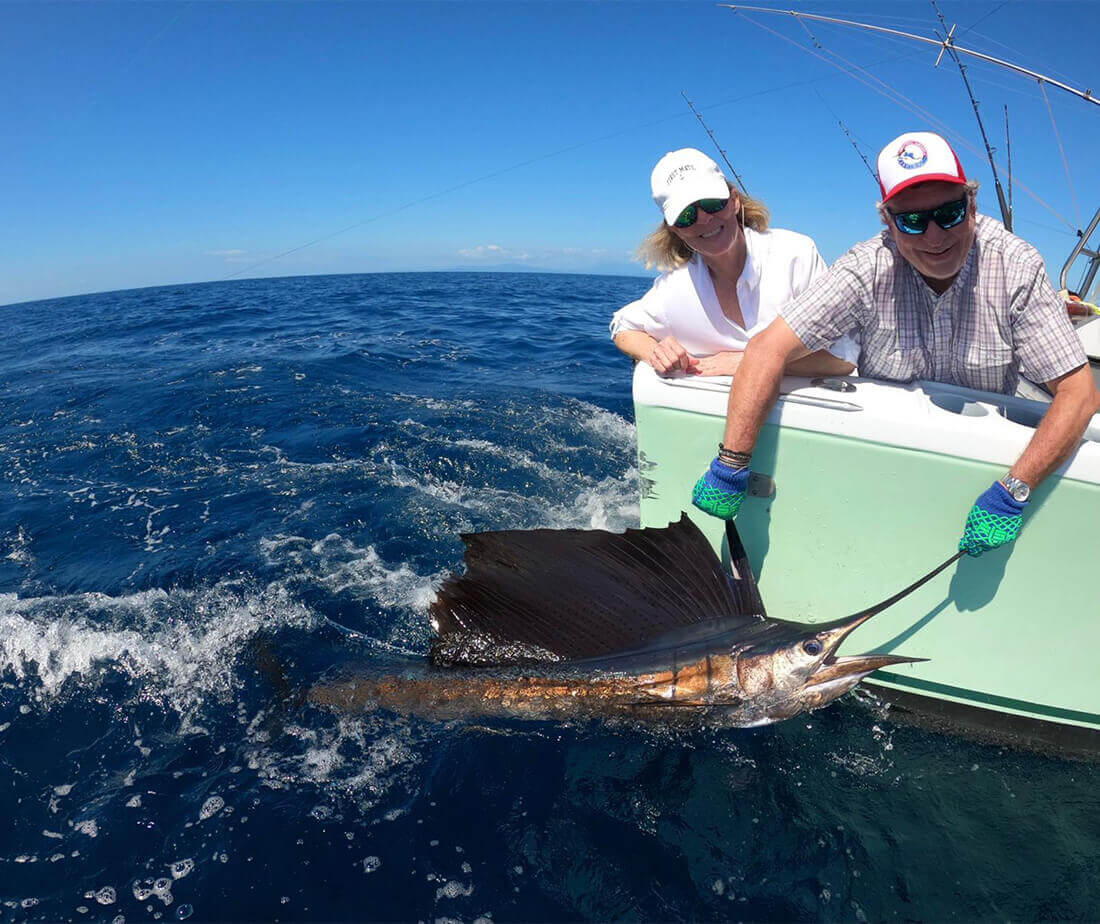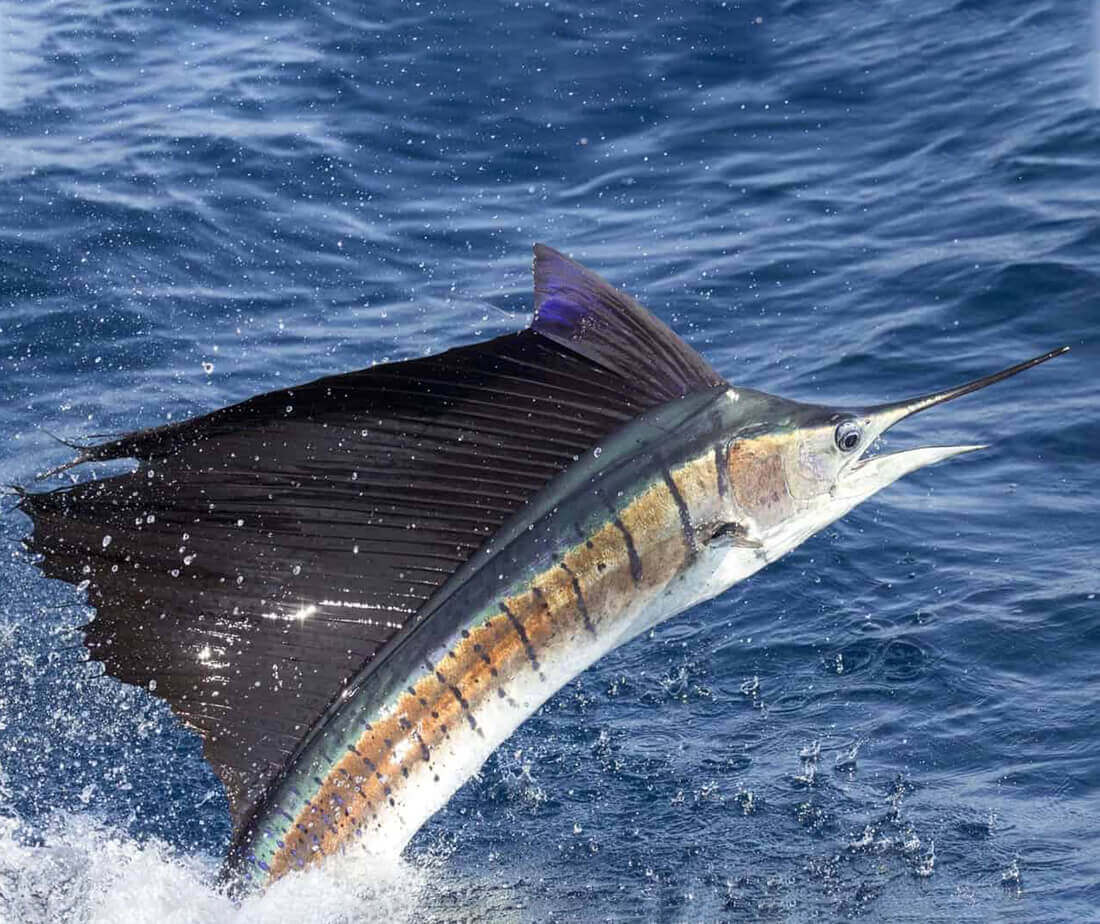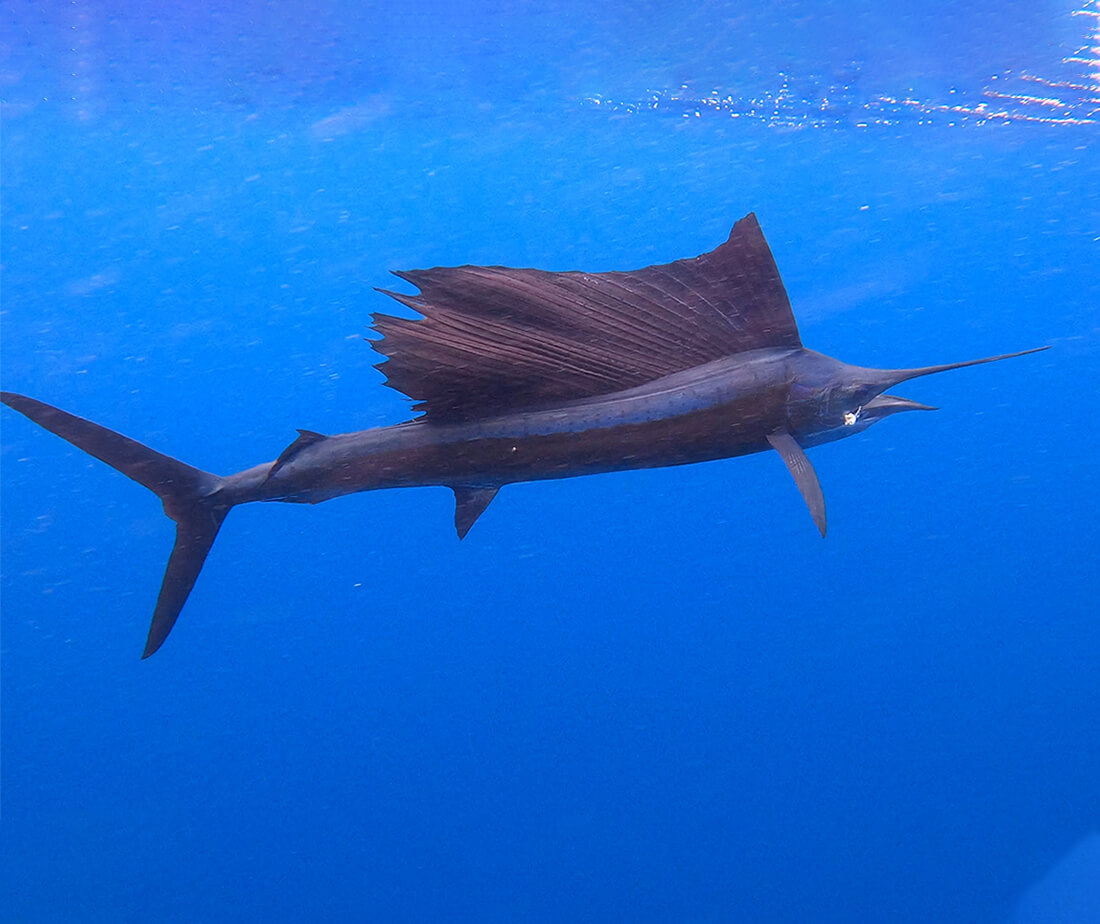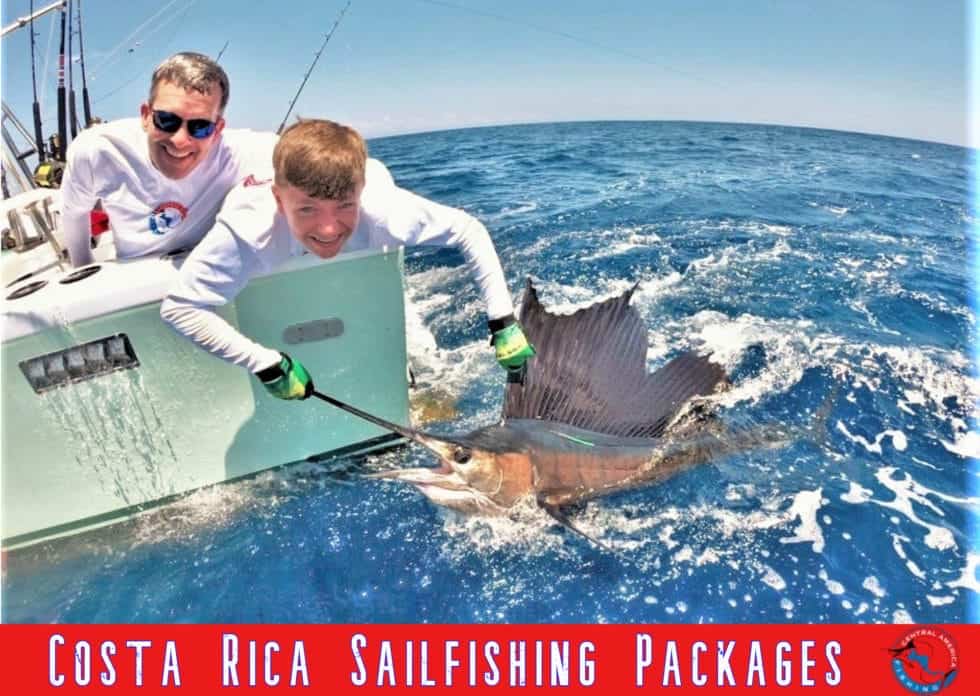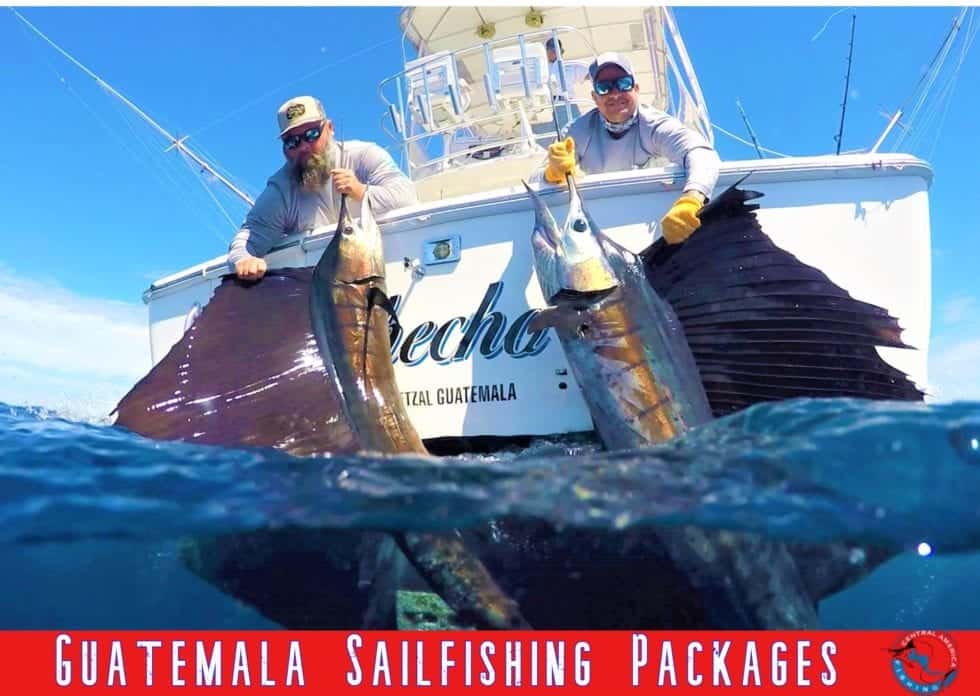Sailfish
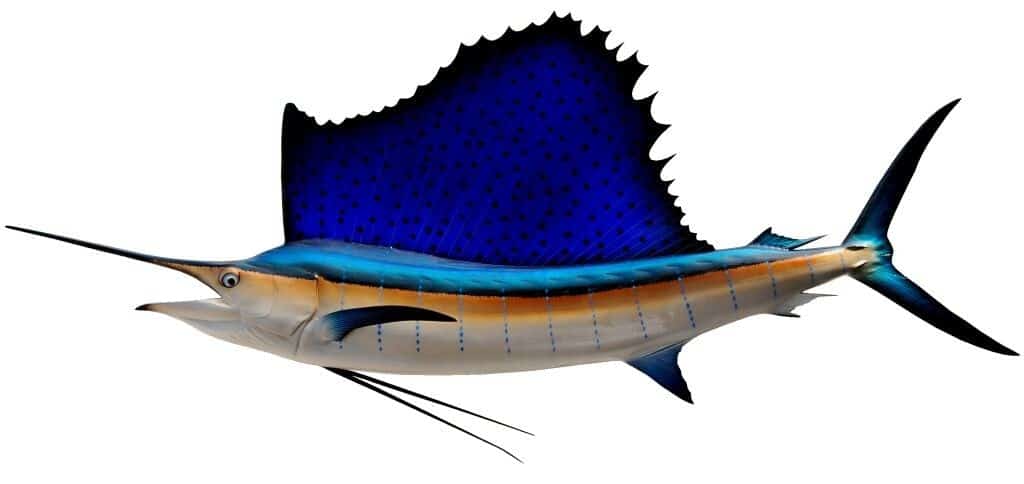
Indo-Pacific Sailfish vs. Atlantic Sailfish
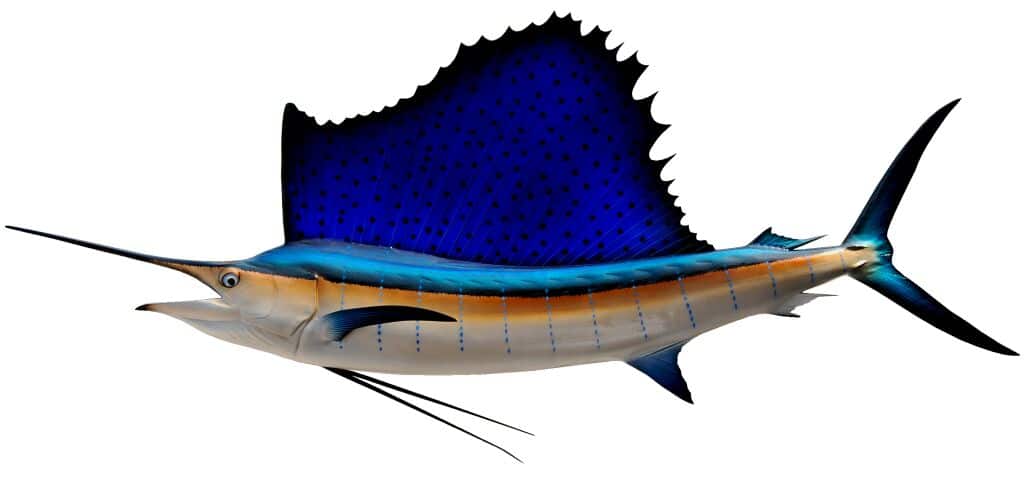
Pacific Sailfish
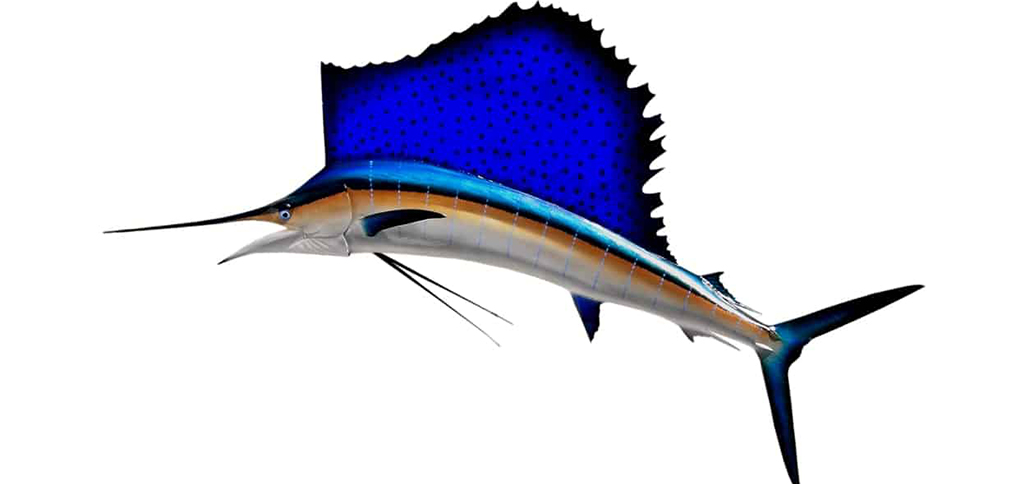
Atlantic Sailfish
What do Sailfish Eat?
How to Catch Sailfish in Central America
In Costa Rica and Guatemala, where the biggest sailfish numbers are caught year after year, the majority of offshore fishing boats will fish the same way. The set up of the spread can vary from boat to boat, but most captains will put out a bridge teaser on each side of the boat, which is usually a daisy chain of pink squid or flying fish. There is oftentimes a long teaser on each side as well, which is a hookless plastic squid of varying size and color patterns. Then two or three rods are baited with frozen ballyhoo rigged with circle hooks and are placed on the outrigger, near the teaser, and a flat line just off the stern. Once a sailfish (or marlin) comes into the spread or takes one of the long baits, give the fish 5-7 second to properly swallow the ballyhoo before you gradually set the drag and begin to reel. As the circle hook exits the fish’s mouth, it will hook into the meaty portion of the jaw. You do not need to set a circle hook with a hard hook set, the circle hooks will do the work when fished properly.
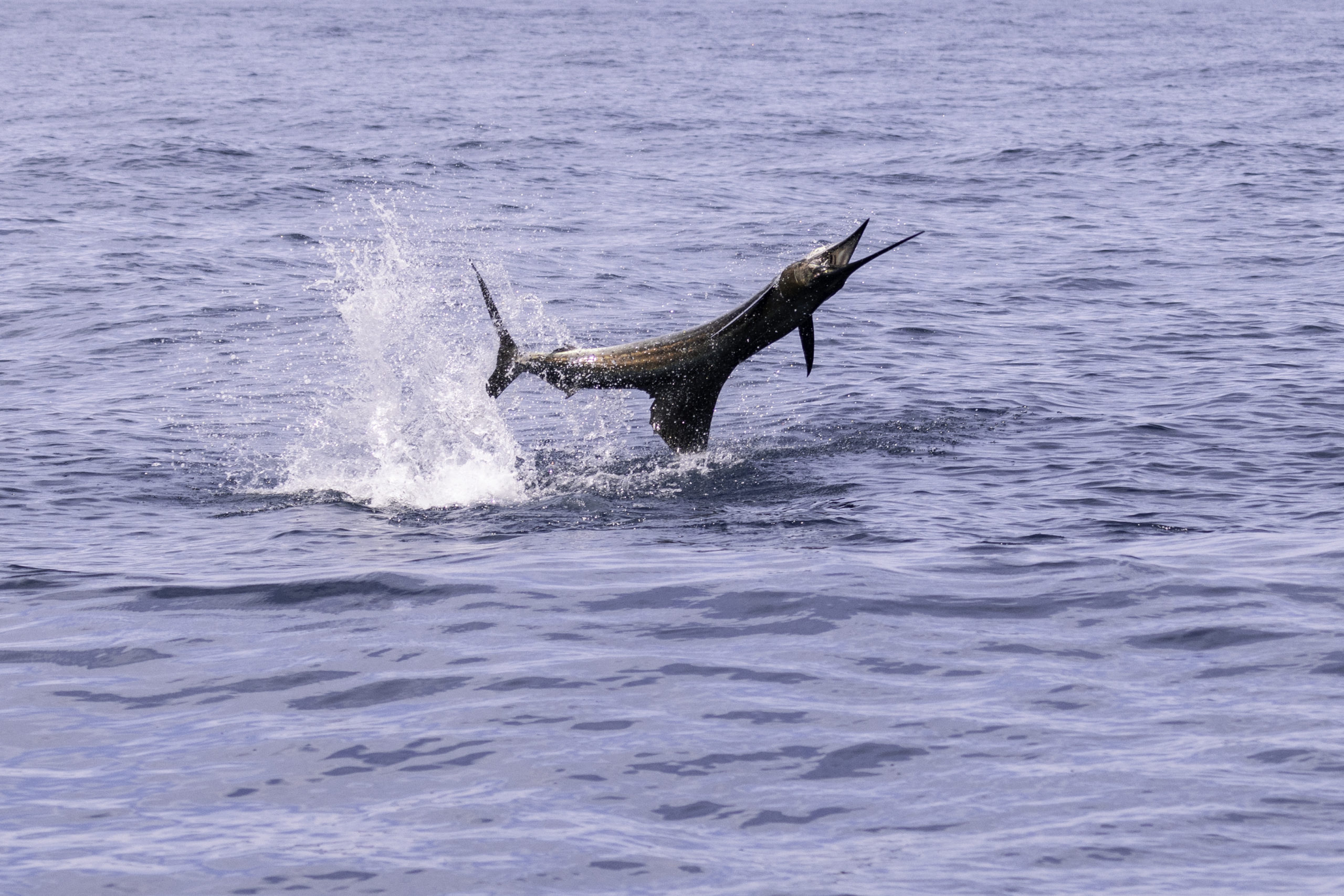
What is the World Record for Sailfish?
The all tackle record for Atlantic sailfish was caught off the coast of Angola in 2014 and weighed 142 lbs 6 oz.
